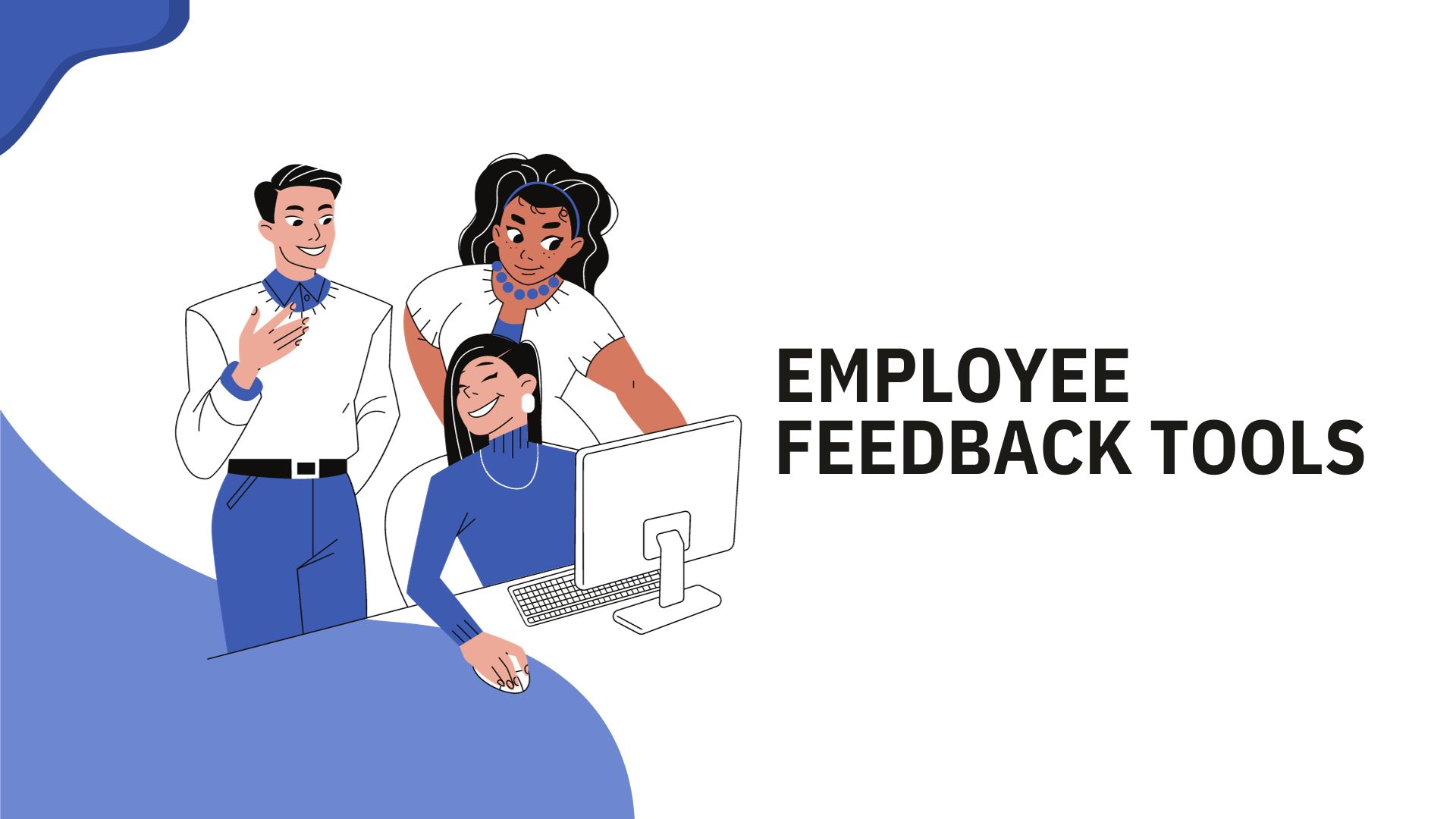Unlocking Potential: Strategies for Maximizing Employee Feedback Tools

Page Contents
- I. Defining Clear Objectives for Feedback Tools
- II. Creating User Friendly Feedback Systems
- III. Protecting Employee Anonymity
- IV. Regularly Communicate Feedback Outcomes
- V. Utilizing Feedback Data for Actionable Insights
- VI. Recognizing Patterns and Early Indicators
- VII. Incorporating Feedback into Development Programs
- VIII. Co-creating Solutions
- Conclusion
Employee feedback is crucial for creating a productive work environment. Effective leaders understand the importance of listening to and acting on employee input as it directly contributes to engagement, satisfaction, and overall organizational performance. To fully leverage the potential of employee feedback, businesses have embraced tools and technologies that enable them to capture insights from their workforce. In this article, we will explore strategies that organizations can implement to optimize the impact of these feedback tools.
I. Defining Clear Objectives for Feedback Tools
A successful implementation starts with defined objectives for utilizing employee feedback software. Setting goals enables organizations to align their efforts with desired outcomes. Are you looking to gain insights into your culture? Enhance team communication? Identify areas for growth? By establishing objectives from the start, companies can tailor their feedback tools to suit their unique needs best.
II. Creating User Friendly Feedback Systems
The user experience of feedback systems significantly influences participation rates and data quality. Simplifying the process through instructions, intuitive interfaces, and minimal steps required for employee validation can greatly enhance user engagement.
Ensure that your company's interface design is user-friendly and compatible with devices such as desktop computers, tablets, and smartphones. It should reflect your branding while maintaining a simple layout.
III. Protecting Employee Anonymity
To encourage feedback, it is important to provide employees with the option of remaining anonymous when using feedback tools. Without anonymity, employees may hesitate to share their opinions due to fear of consequences or judgment. Organizations should emphasize data privacy protocols to assure employees that their responses will not be traced back to them individually.
IV. Regularly Communicate Feedback Outcomes
Leaders should prioritize communication of feedback outcomes on a basis as it demonstrates an open and transparent culture within the organization. Keeping employees informed about the progress made in response to their input strengthens trust-building initiatives. Consistent communication not only acknowledges the value of employee feedback but also fosters a sense of inclusion, making employees feel integral to the organizational journey. It provides an opportunity to celebrate achievements, address concerns, and outline future steps, ensuring that the feedback loop remains an ongoing and collaborative process.
V. Utilizing Feedback Data for Actionable Insights
Collecting amounts of data without taking action renders employee feedback tools ineffective. To derive maximum value, organizations must actively analyze the received feedback for recurring patterns, trends, and areas for improvement. Trained data analysts or survey experts can play a role in extracting insights from data. Leaders should initiate discussions with teams to develop plans that yield tangible results.
VI. Recognizing Patterns and Early Indicators
Apart from feedback entries, continuous analysis helps identify trends and significant variations that may indicate underlying issues within an organization. By spotting early warning signs of dissatisfaction or areas of concern, leaders can take measures to address them before they escalate into problems.
VII. Incorporating Feedback into Development Programs
Personal and professional growth is crucial for job satisfaction. Employee feedback serves as a tool for identifying skill gaps and designing training programs tailored to individuals or teams. Companies can use feedback trends along with performance evaluations to pinpoint areas that require nurturing talent and investing in development programs.
VIII. Co-creating Solutions
To foster a culture of engagement and ownership, it's vital to involve employees in the problem-solving process based on the feedback received. Conducting brainstorming sessions or focus groups can generate ideas while empowering employees to take ownership of solutions for identified challenges.
Conclusion
The strategic utilization of employee feedback tools has become synonymous with forward-thinking workplaces that prioritize the perspectives of their employees. To achieve the results, from employee feedback tools organizations can follow effective strategies. These include setting objectives, creating user systems, ensuring anonymity, promptly communicating outcomes, utilizing data for actionable insights, identifying trends, customizing development programs, and collaborating to find solutions. By improving the feedback process and taking action based on it, businesses can strengthen their relationship with employees and drive positive changes throughout the organization. This approach leads to increased job satisfaction and sustainable success.

Sean Michael is a writer who focuses on innovation and how science and technology intersect with industry, technology Wordpress, VMware Salesforce, And Application tech. TechCrunch Europas shortlisted her for the best tech journalist award. She enjoys finding stories that open people's eyes. She graduated from the University of California.